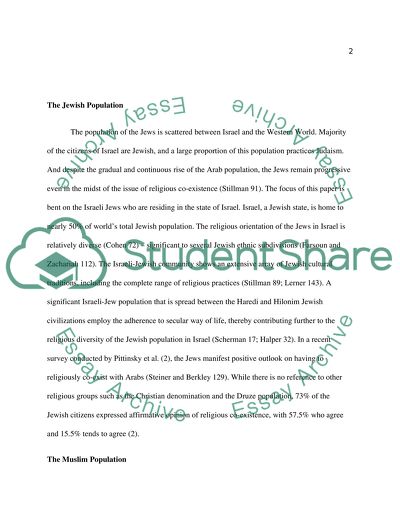Cite this document
(“Religious Coexistence in Israel Research Paper Example | Topics and Well Written Essays - 1000 words”, n.d.)
Retrieved from https://studentshare.org/religion-and-theology/1498333-religious-coexistence-in-israel
Retrieved from https://studentshare.org/religion-and-theology/1498333-religious-coexistence-in-israel
(Religious Coexistence in Israel Research Paper Example | Topics and Well Written Essays - 1000 Words)
https://studentshare.org/religion-and-theology/1498333-religious-coexistence-in-israel.
https://studentshare.org/religion-and-theology/1498333-religious-coexistence-in-israel.
“Religious Coexistence in Israel Research Paper Example | Topics and Well Written Essays - 1000 Words”, n.d. https://studentshare.org/religion-and-theology/1498333-religious-coexistence-in-israel.


